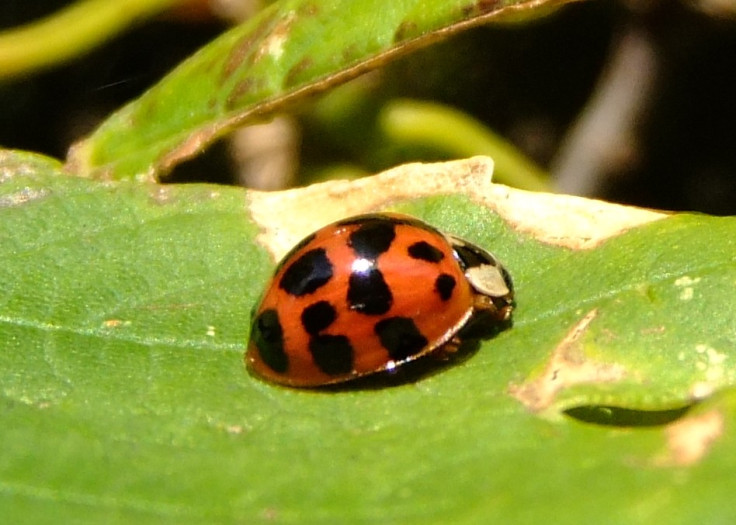Cannibalistic, STD-carrying ladybirds have invaded the UK
Harlequin ladybirds are the UK's fastest invading species.

Sightings of invasive ladybird swarms, which migrate to the country on mild autumn winds, are being reported across Britain.
The alien bugs, known as Harlequin ladybirds (Harmonia axyridis), are larger and more aggressive than other species which they have been known to devour. Some may also carry a sexually transmitted infection - a fungus called Laboulbeniales, which causes strange yellow growths.
They are regarded as the most invasive ladybirds on Earth and have been partially blamed for the decline of seven native species in Britain. The ladybirds first reached the UK in 2004 and have since been named by scientists as the country's fastest invading species, turning up everywhere from Cornwall to the Shetland Islands.
They are varied in colour, displaying red, orange or yellow-ish markings.
The fungus they carry, which can be passed on through mating or very close contact, could potentially pose a threat to native species that are already struggling with habitat loss and dwindling numbers. Scientists are unsure how harmful the fungus is exactly, but it is possible that it affects the egg production process in females, according to the UK Ladybird Survey.
Open the curtains and find out your house is actually a ladybird hotel #BBCAutumnwatch #ladybirds #nature #wildlife #countryside #surprise pic.twitter.com/3QQDzs04cD
— The Time Traveller (@jwtimetraveller) October 25, 2017
Laboulbeniales is also found in other insects and arthropods – the larger group of animals that insects belong to, which also includes spiders and crustaceans.
While the fungus poses no threat to humans, and the bugs themselves are not poisonous, they can leave behind an unpleasant chemical smell in the home and may cause stains on furniture.
Experts say the best and most humane way to remove them from the home is by using a glass and a piece of card.
The Harlequin ladybird is native to East Asia but has been artificially introduced to the US and Europe, after which it rapidly spread to Canada and even a few South American and North African countries.





















